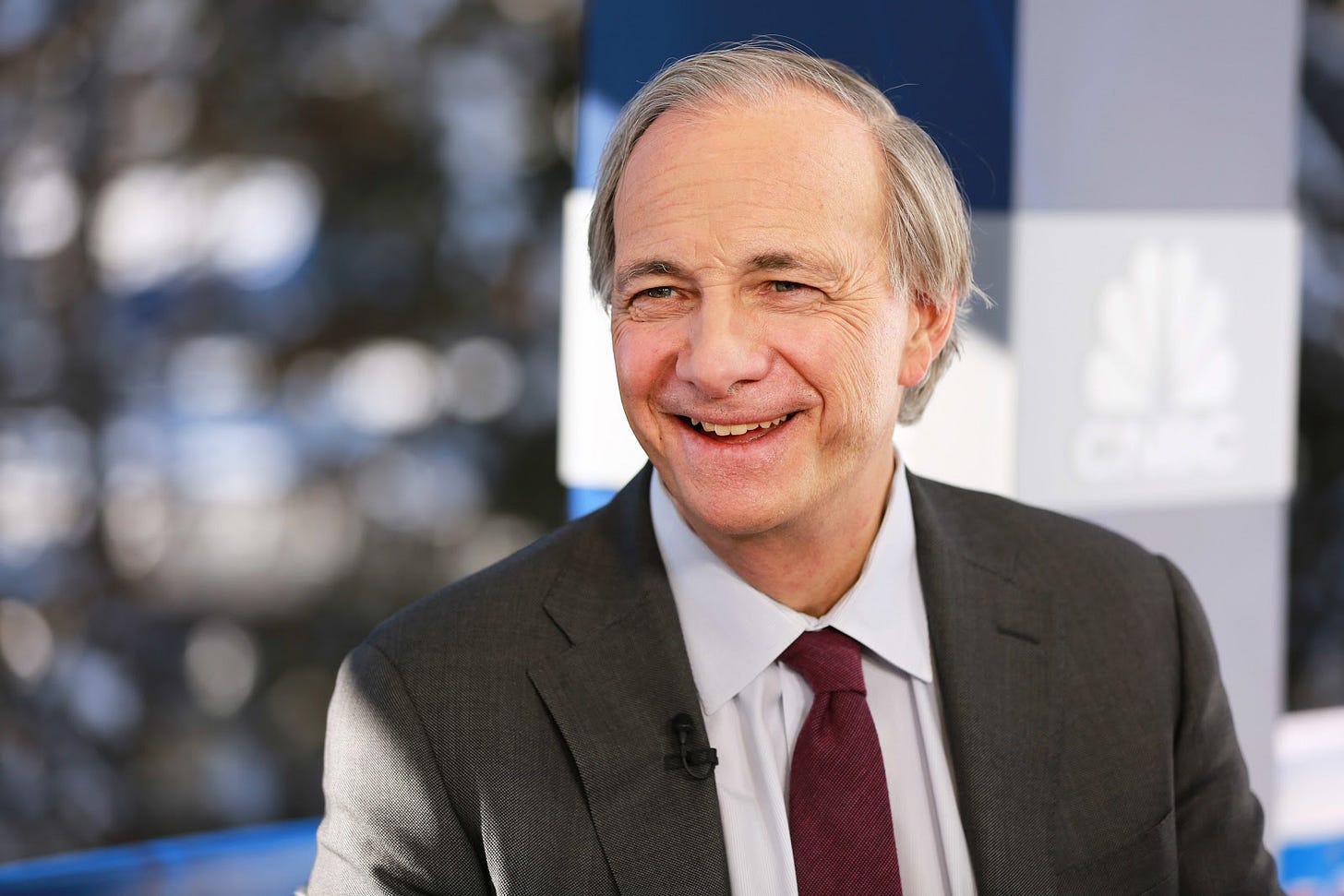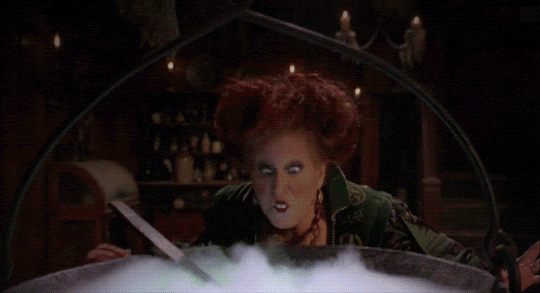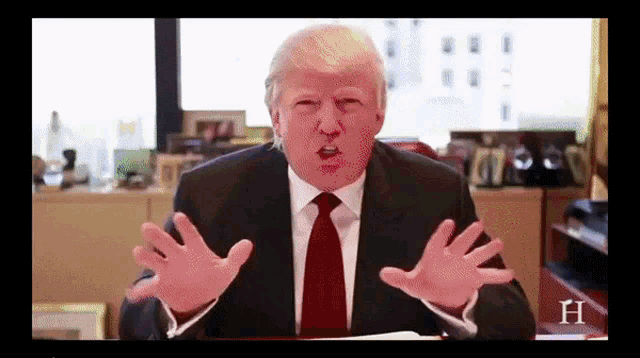This week, Grandpa Ray is back and dropping some hot knowledge on current macroeconomic indices that bear significant implications of a changing world order. With his sage, amiable guidance we’ll take a look at the historic rise and fall of previous global empires and see where America stacks up.

Continuing the noble quest to disseminate his accrued knowledge, Mr. Dalio has been releasing chapters of his new book about the changing world order on LinkedIn. While he claims to be no great historian, his compulsion to divulge the patterns of previous empires is an invaluable asset to our understanding of these troubled times and where we may be headed.
The Changing World Order
“I believe the times ahead will be radically different from the times we have experienced so far in our lifetimes, though similar to many other times in history.”
Bam. Straight to the point.
What gives Mr. Dalio the right to make such a claim?
For 18 months before releasing any chapters of his new book, he undertook a study of the rises and declines of previous empires, their reserve currencies, and markets.
Several macroeconomic ingredients were combining to create a witch’s brew that has not been seen in our lifetimes, but has occurred numerous times throughout the history of the world.

In particular, the confluence of three indices caught Mr. Dalio’s wizened eye:
High debt, low interest rates, and the impotency of the Central Bank.
Large wealth gaps and political divisions, leading to social unrest.
A rising world power challenging the overextended existing world power.

Sound familiar? Marty McFly agrees.
High Debt and Low Interest Rates
As we’ve discussed before, it’s no secret that consumer debt is throttling the American people and interest rates are at rock bottom.
An article from debt.org divulges the grisly details of $14 trillion of American indebtedness:
Home: Mortgage debt rose to $9.4 trillion in 2019, up $407 billion from the same time in 2017.
Auto: Auto debts totalled $1.3 trillion in 2019, up $59 billion from the same time in 2018.
Student Loans: Reached record levels of $1.48 trillion in 2019, up $73 billion from the same juncture in 2018.
Credit: Debt reached $1.08 trillion in 2019.
I imagine those statistics have deprecated further over the last year.
The Central Bank’s current interest rate is between 0% and 0.25%, leaving little to no room for further stimulation of the US economy.
Large Wealth Gaps and Political Divisions
Besides the most polarizing presidential election in recent history and widespread protests of racial inequality, the wealth gap has widened.
A visual from Pew Research says it best:

While median household income has stagnated and even declined in the lower-income classes, the upper-income households have grown by nearly 80% since 1970.
What’s more fascinating is the decline of the middle class. Although middle-income households have technically increased income since 1970, they’ve lost significant weight in the share of U.S. aggregate income, with the scales tipping heavily in favor of the upper-income households.
The fact that fully 48% of aggregate US income in 2018 was held by upper-income households is sobering. (Those of you who haven’t watched Capital on Netflix I urge to do so. I’ll likely be discussing it in forthcoming newsletters.)
A Rising World Power
You guessed it - China.

Against the expectations of Communist-cynics and the majority of the world, China has exploded into a meteoric arc of growth over the last three decades.
Thirty-six years ago, when Mr. Dalio was first doing business in China, he would give $10 pocket calculators to high-ranking officials. They viewed them as miracle devices, and now China rivals the United States in advanced technologies.

(Source: howmuch.net)
Since 1989, China’s GDP has grown by a factor of 14.12, compared to the United State’s 2.09. The Chinese produce more than they consume, operate with a surplus, and will offer fully half of the world’s initial public offerings.
“Since 1984, per capita incomes have risen more than 30 times, life expectancy has increased by a decade and poverty rates have fallen nearly to zero.” (Don’t be Blind to China’s Rise in a Changing World.)
Historical Context
The confluence of these events is seen historically in 10-20 year transition periods between major economic and political cycles, which typically last 50-100 years.
The most recent, analogous time period in history was between 1930 and 1945. The Great Depression and Second World War brought the Bretton Woods Monetary System and solidified the United State’s position as the dominant military and economic leader going forward.
This was the beginning of a new major economic and political cycle. Historically, the onset of such periods is characterized by prosperous periods in which people pursue and acquire wealth, and those in power help to foster an environment that facilitates socioeconomic growth.
Through the duration of the 50-100 years, the cycle oscillates between periods of rapid growth and painful periods of economic contraction marked by fighting over wealth and power. These depressing periods can lead to revolution and at its worst, war.
The graphic below lends clarity:

The downswings of these cycles are the growing pains of a more stable and fruitful time to come. Excess debt is shed, the wealth gap is shrunk, and a broad political and economic restructuring paves the way for future productivity.
These periods of reorganization lead to positive change, but usually shift who is on top, beginning a new world order.
Such patterns and cycles have been played out in numerous historical contexts. From the rise and fall of the Chinese Dynasties to the Dutch and British Empires each world order saw phases of prosperity that lead to phases of strife, wealth inequality, debt, a rising world power, and eventual restructuring.
Where we are today is no different. At seventy-five years since the beginning of the Bretton Woods Monetary System and America’s rise to power, the time is historically ripe for upheaval and restructuring.
This may sound cataclysmic and fatalistic, but in my opinion it’s likely a welcome change. I’ve often wondered why America has needed to assume the posture of global watchdog and peacemaker. Big Stick diplomacy may have been effective in the early twentieth century, but we live in vastly different times.

This orientation has necessarily made the United States focused on foreign policy, relations, and military operations to the extent that internal systemic issues do not have the bandwidth to be properly addressed.
If, perhaps, the United States stepped back from its overextended guardianship and sought to internally quell the fires of systematic racism, wealth inequality, monopolisitic Capitalism, and climate change we would be much better suited to lead by example, rather than strong-arming the rest of the world with bombastic talk and military flexing.
Granted, I’m no expert in any of this. Feel free to tell me I’m a dunce.
If nothing else, it’s food for thought :)
Thanks for reading. If you found this interesting, useful, or even mildly titillating in that prodigious dome of yours, please hit the subscribe button below!
If you’re already subscribed and think this would be helpful for your ignorant, plebeian friends, share the knowledge with the button below.



